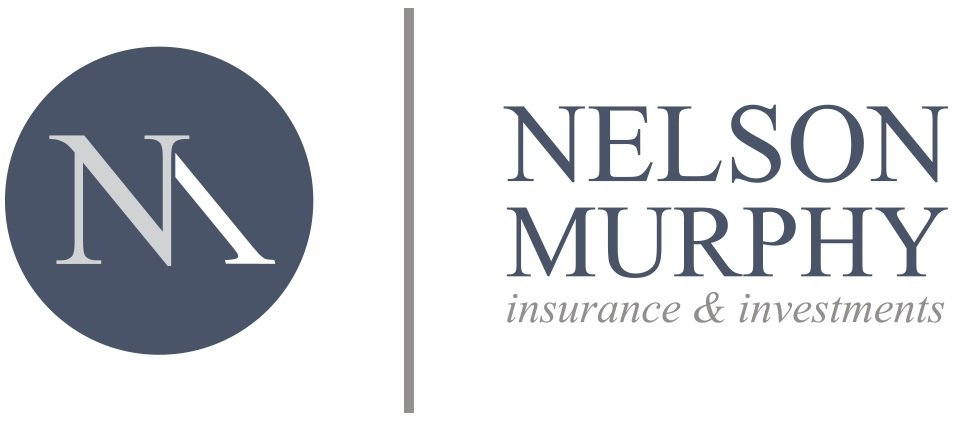Your Retirement Plan, Ready to Roll(Over)?
Nowadays, individuals change jobs many times throughout their working lives. If you are starting a new phase in your career, you are probably carefully considering how you will handle your finances while making the transition. One important aspect is your retirement plan funds. If you have accumulated savings in a 401(k), 403(b), or similar employer-sponsored retirement account, you need to decide how to manage those funds upon leaving your current position.
Generally, you have the choice of transferring, or cashing in, or reinvesting your retirement plan savings. The choice you make may depend on both your short- and long-term goals. Let’s explore the options.
A simple way to consolidate your savings is to transfer funds from your previous employer’s retirement plan into your new company’s plan. You may also choose to leave your money in your former employer’s plan, but depending on the terms, you could be subject to service fees or limited contribution and distribution options. If, however, you have an outstanding loan from your previous employer’s plan, or if you stand to lose certain retiree benefits by exiting completely, you may want to remain invested for a period of time after leaving your job.
Taking a cash distribution is another option, but consider the ways this may negatively affect your retirement strategies. Besides owing potentially significant income tax on pre-tax contributions, you may be subject to a 10% penalty if you are under the age of 59½. In addition, you may forfeit the long-term benefits associated with tax-deferred earnings, potentially making it more difficult for you to accumulate the resources you need in retirement.
To keep your retirement savings on track and avoid an immediate tax bite, consider rolling your 401(k) assets into an Individual Retirement Account (IRA). Generally, there are two ways to roll over funds.
Option 1: With the first method, known as an indirect rollover, your former employer makes the distribution payable to you, less 20%, which is withheld in Federal taxes. You must then reinvest the distribution into an IRA or other qualified plan within 60 days. In order to achieve a tax-free rollover with this method, you must reinvest the full distribution amount, which includes the 80% you receive in cash, as well as 20% from your own funds to account for the amount withheld. Your withheld funds will be refunded after you file your tax return, provided your rollover occurred within the 60-day time limit. Failure to reinvest the 20% withheld will result in income tax and a 10% Federal income tax penalty if you are under the age of 59½.
Option 2: To avoid the 20% withholding requirement, you may request a direct trustee-to-trustee transfer to an IRA set up in your name or another qualified plan. Be aware that not all qualified plans accept this type of transfer. Because this method is considered a distribution option, spousal consent and other similar participant and beneficiary rules of protection may apply.
There are many factors to consider when deciding how to manage your retirement plan funds during a career transition. Bear in mind that your decisions in the short-term can have an impact on your long-term plans. For specific guidance, be sure to consult your financial and tax professionals.
RPIIRA2-X
“Your Retirement Plan, Ready to Roll(Over)?” FMeX. 2015. https://abm.emaplan.com/ABM/MediaServe/MediaLink?token=3a04a10088334af1b5c34aabad1766c3
This material is intended for informational/educational purposes only and should not be construed as investment advice. If you are considering rolling over money from an employer-sponsored plan, you may have the option of leaving the money in the current plan, rolling over the assets to a new plan, rolling over the assets to an IRA, or cashing out the account value.
Benefits of leaving money in an employer-sponsored plan may include access to lower-cost institutional class shares; access to investment planning tools and other educational materials; the potential for penalty-free withdrawals starting at age 55; broader protection from creditors and legal judgments; and the ability to postpone required minimum distributions beyond age 73, under certain circumstances. If your employer-sponsored plan account holds significantly appreciated employer stock, you should carefully consider the negative tax implications of transferring the stock to an IRA against the risk of being overly concentrated in employer stock.
You should also understand that Commonwealth and your financial advisor may earn commissions or advisory fees as a result of a rollover that may not otherwise be earned if you leave your plan assets in your old or a new employer-sponsored plan and that there may be account transfer, opening, and/or closing fees associated with a rollover. This list of considerations is not exhaustive. Your decision whether or not to roll over your assets from an employer-sponsored plan into an IRA should be discussed with your financial advisor and your tax professional.

